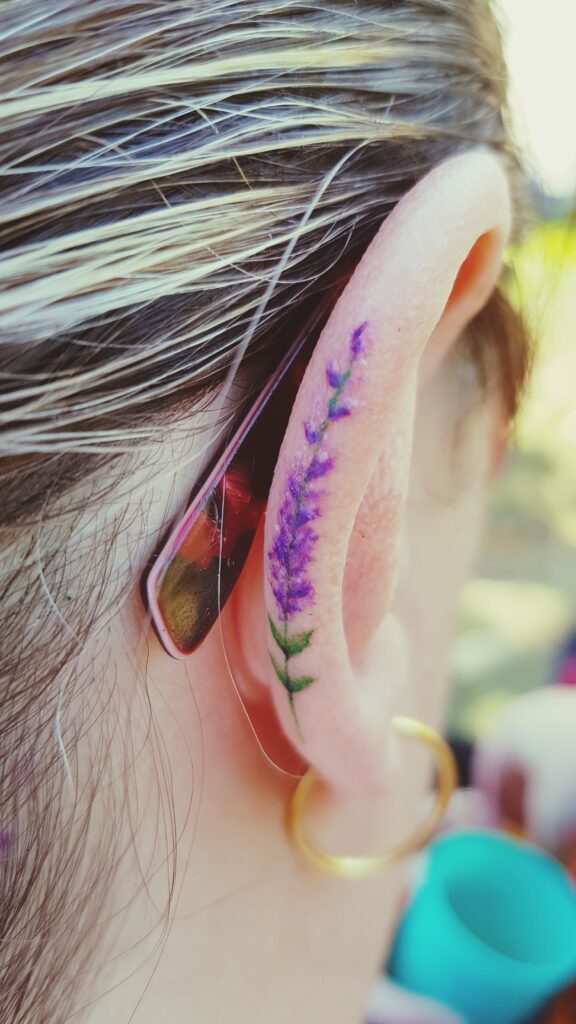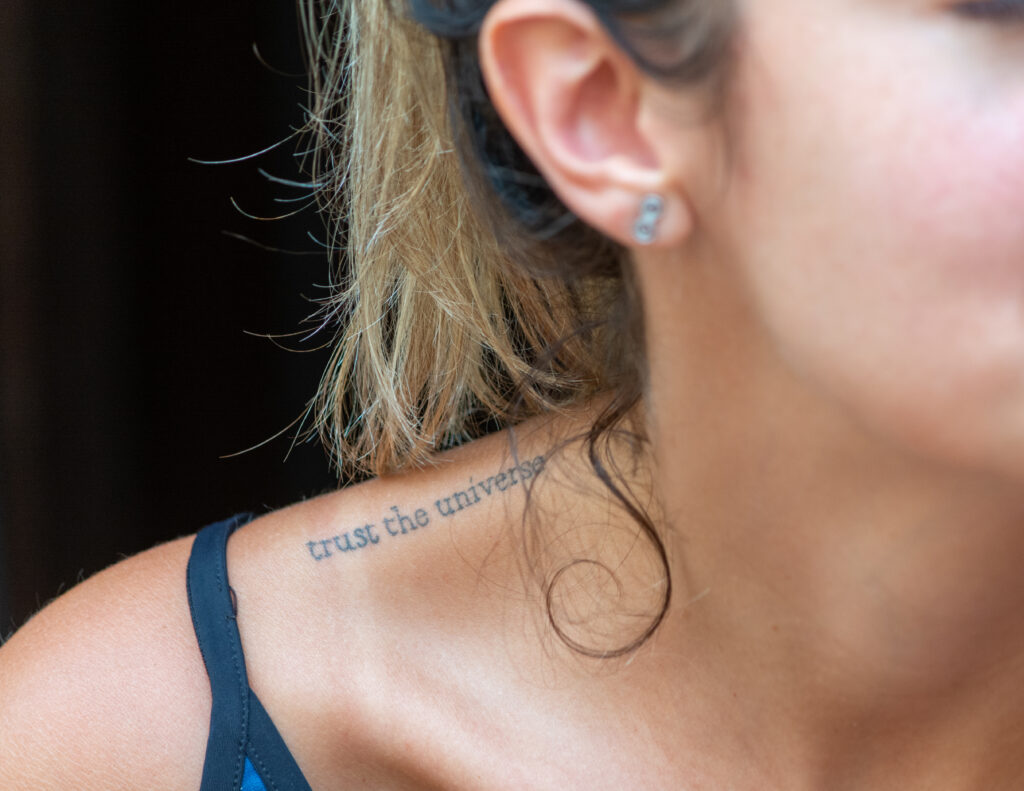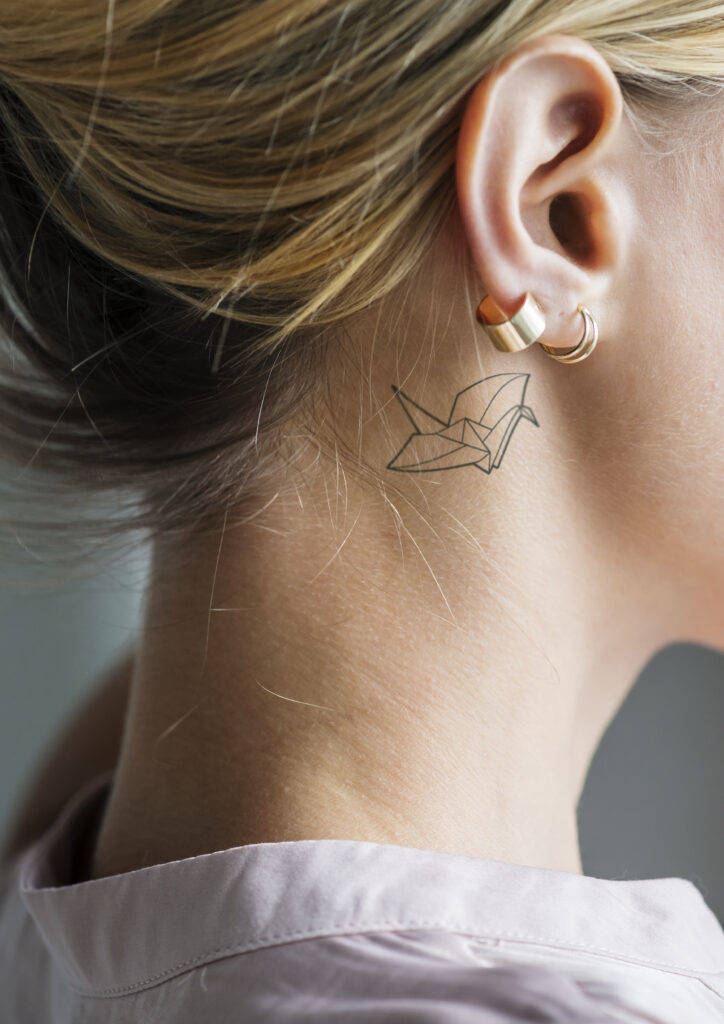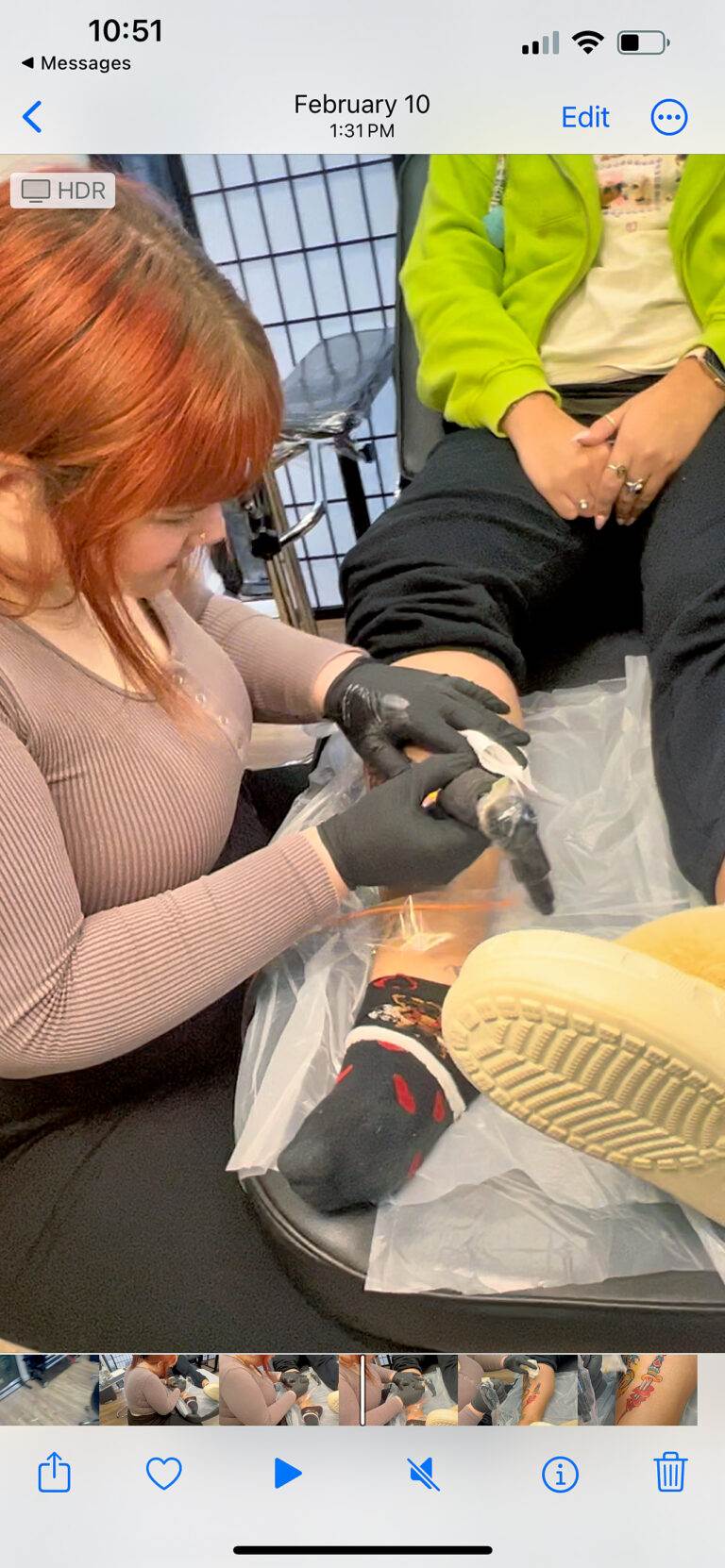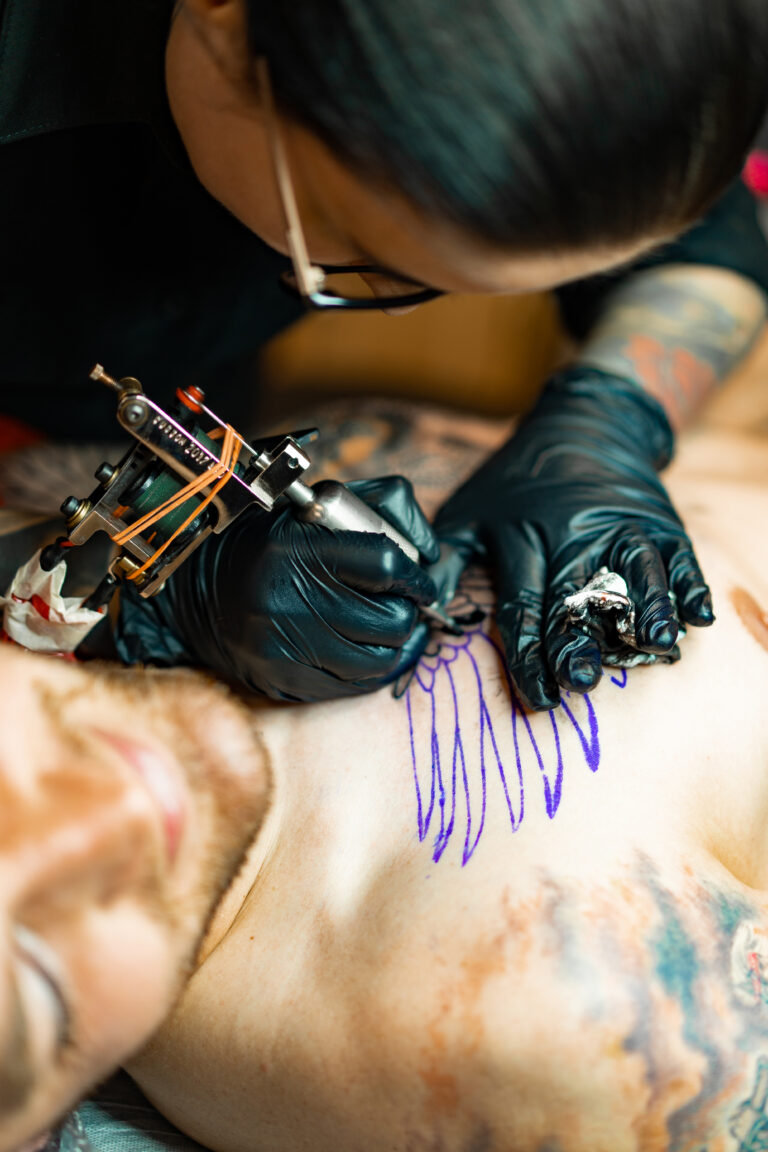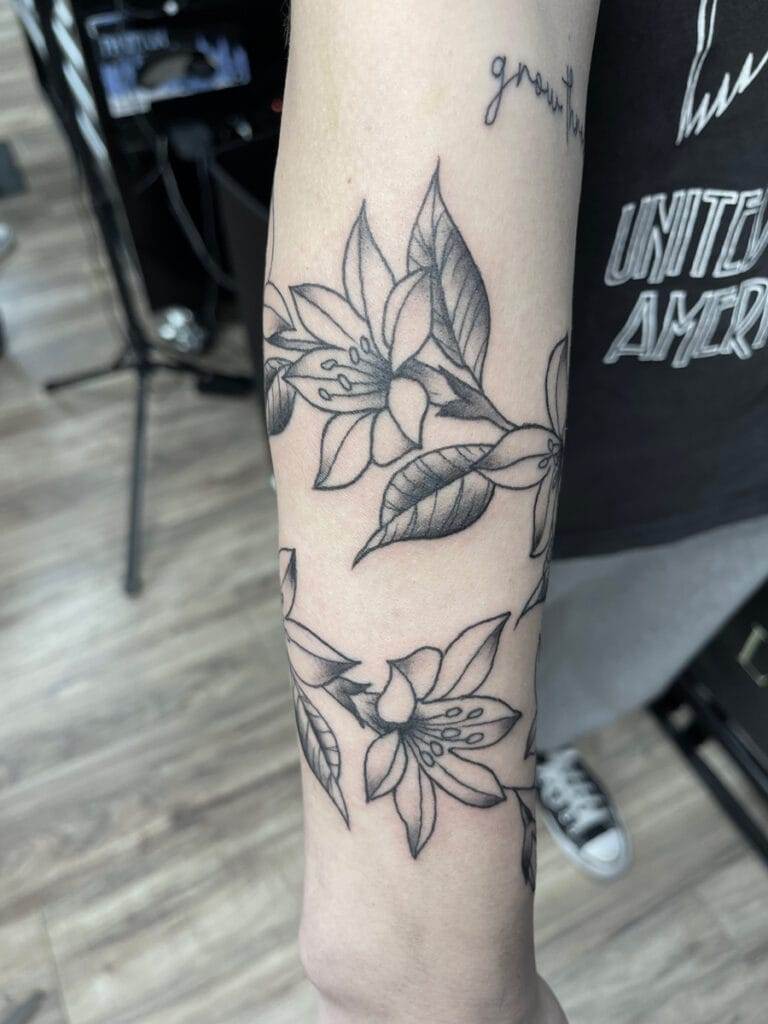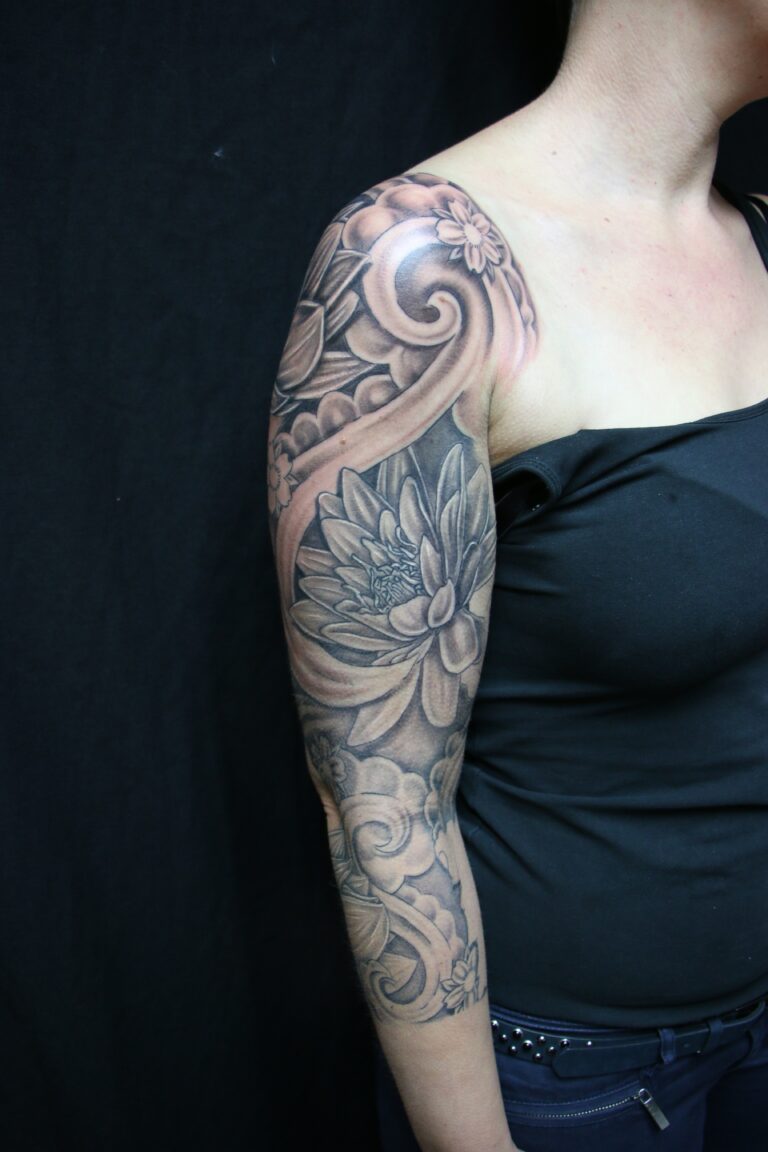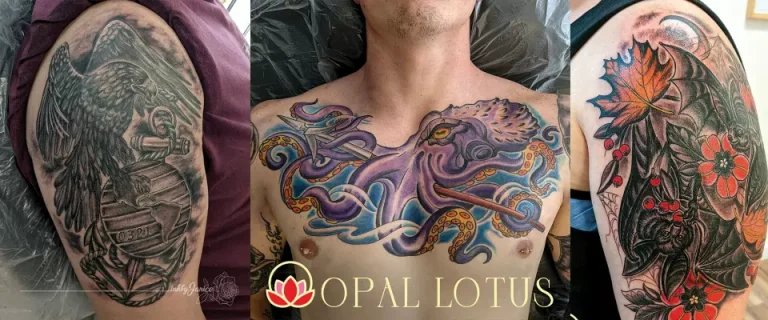In today’s society, tattoos have evolved from being mere symbols of rebellion to becoming a form of self-expression embraced by many. However, for professionals navigating the corporate landscape, the placement of tattoos can significantly impact their career trajectory. The visibility of a tattoo can influence perceptions, affect hiring decisions, and even shape workplace dynamics.
As such, understanding the importance of tattoo placement is crucial for individuals who wish to maintain a professional image while expressing their identity. The decision to get a tattoo is often deeply personal, but when it intersects with one’s professional life, it requires careful consideration. Professionals must weigh the desire for self-expression against the potential consequences in their respective fields.
This article will explore various aspects of tattoo placement, including concealable areas, minimalist designs, and the implications of cultural norms, all while providing insights tailored to different industries. By examining these factors, individuals can make informed decisions that align with their personal and professional aspirations.
Key Takeaways
- Understanding the importance of tattoo placement for professionals is crucial for maintaining a polished and professional image in the workplace.
- Exploring concealable areas for tattoos, such as the upper back, inner wrist, and behind the ear, can provide professionals with the flexibility to cover their tattoos when necessary.
- Choosing small, minimalist designs for tattoos can offer career-conscious professionals the opportunity to express themselves while maintaining a professional appearance.
- Individuals working in corporate, medical, and legal fields may find suitable tattoo placements on areas such as the upper arm, shoulder, and ankle, which can be easily covered in professional attire.
- Professionals in artistic and creative industries may consider tattoo placements on visible areas such as the forearm, hand, or neck, allowing them to showcase their creativity while still adhering to professional standards.
Concealable areas: Exploring the best tattoo placements for professionals who need to cover their tattoos in the workplace
For many professionals, the need to conceal tattoos in the workplace is paramount. Certain areas of the body are more easily hidden than others, making them ideal for individuals who want to maintain a polished appearance. Commonly chosen locations include the upper arms, thighs, and back.
These areas can be easily covered by clothing, allowing individuals to express themselves without compromising their professional image. The upper arm is particularly popular for its versatility; it can be concealed under short-sleeved shirts or blouses while still allowing for easy visibility when desired. Similarly, tattoos on the thigh can be hidden beneath pants or skirts, providing a discreet option for those who prefer not to showcase their ink in formal settings.
The back offers an expansive canvas that can be covered by various types of clothing, making it an excellent choice for larger designs. By selecting these concealable areas, professionals can navigate their careers without feeling restricted by their tattoos.
Minimalist designs: Discussing the benefits of choosing small, subtle tattoos for career-conscious professionals

In addition to placement, the design of a tattoo plays a significant role in how it is perceived in a professional context. Minimalist tattoos—characterized by their simplicity and subtlety—have gained popularity among career-conscious individuals. These designs often feature clean lines and small symbols that can convey meaning without overwhelming the eye.
The understated nature of minimalist tattoos makes them less likely to draw unwanted attention in professional environments. Choosing a small tattoo can also provide flexibility in terms of placement. For instance, a delicate design on the wrist or behind the ear can be easily concealed when necessary but still allows for personal expression during off-hours.
Furthermore, minimalist tattoos often align with contemporary aesthetic trends, making them more acceptable in various professional settings. By opting for subtle designs, individuals can strike a balance between self-expression and professionalism, ensuring that their tattoos enhance rather than detract from their career image.
Professional industries: Identifying the most suitable tattoo placements for individuals working in corporate, medical, and legal fields
Different industries have varying levels of acceptance when it comes to visible tattoos. In corporate environments, where traditional norms often prevail, professionals may need to be particularly cautious about tattoo placement. Areas such as the forearms and hands are generally considered less acceptable in these settings.
Instead, tattoos placed on the upper arms or back are more suitable, as they can be easily concealed under business attire. In the medical field, perceptions of tattoos can vary widely depending on the specific workplace culture. While some hospitals and clinics may have strict policies regarding visible tattoos, others may be more lenient.
For healthcare professionals, placements on the upper arm or torso may be ideal, as they can be covered by scrubs or lab coats. Similarly, in legal professions where a polished appearance is paramount, tattoos should ideally be placed in areas that remain hidden beneath formal attire.
Creative fields: Highlighting tattoo placement options for professionals in artistic and creative industries
In contrast to more traditional industries, creative fields often embrace individuality and self-expression. For professionals working in art, design, or entertainment, visible tattoos may even enhance their personal brand. In these environments, placements on the forearms, hands, or neck can be more acceptable and may even serve as conversation starters or expressions of creativity.
However, even within creative industries, there are nuances to consider regarding tattoo placement. For instance, while some artists may choose to showcase their ink prominently, others may prefer to keep their tattoos more discreet to maintain a certain aesthetic or professional image. Ultimately, individuals in creative fields have greater freedom to choose placements that resonate with their personal style while still considering how those choices may impact their professional relationships and opportunities.
Cultural considerations: Addressing the impact of cultural norms and expectations on tattoo placement for professionals

Cultural norms play a significant role in shaping perceptions of tattoos within professional settings. In some cultures, tattoos are celebrated as forms of art and self-expression; in others, they may carry negative connotations or be viewed as unprofessional. Understanding these cultural expectations is essential for professionals who wish to navigate their careers successfully while honoring their personal choices.
For instance, in regions where tattoos are stigmatized, individuals may need to exercise greater caution regarding placement and visibility. Opting for tattoos in less conspicuous areas can help mitigate potential biases while allowing individuals to express themselves authentically. Conversely, in cultures that embrace body art as part of identity and tradition, visible tattoos may be more readily accepted across various professional landscapes.
By being aware of cultural considerations surrounding tattoos, professionals can make informed decisions that align with both their personal values and career aspirations.
Long-term considerations: Examining the potential implications of tattoo placement on career advancement and professional opportunities
When contemplating tattoo placement, it is crucial for professionals to consider the long-term implications on their careers. While a tattoo may seem like a personal choice at the moment, its visibility can influence hiring decisions and opportunities for advancement down the line. In industries where traditional norms prevail, visible tattoos may hinder an individual’s ability to secure promotions or leadership roles.
Moreover, as workplace cultures continue to evolve toward greater acceptance of diversity and self-expression, professionals must also consider how their choices align with future trends. While some industries may currently have strict policies regarding visible tattoos, these norms may shift over time as younger generations enter the workforce with different perspectives on body art. By thoughtfully considering both current and future implications of tattoo placement, individuals can make choices that support their long-term career goals.
Summarizing the key factors to consider when choosing tattoo placement as a career-conscious professional
In conclusion, choosing the right tattoo placement is a multifaceted decision that requires careful consideration for career-conscious professionals. Factors such as concealable areas, minimalist designs, industry-specific norms, cultural expectations, and long-term implications all play critical roles in shaping this choice. By understanding these elements and how they interact with personal expression and professional identity, individuals can navigate their careers while remaining true to themselves.
Ultimately, the journey toward self-expression through tattoos does not have to conflict with professional aspirations. With thoughtful planning and awareness of industry standards and cultural contexts, professionals can find placements that allow them to express their individuality without compromising their career goals. As societal attitudes toward tattoos continue to evolve, so too will the opportunities for individuals to embrace their unique identities within the professional realm.
FAQs
What are the best tattoo placements for career-conscious professionals?
The best tattoo placements for career-conscious professionals are areas that can be easily covered by clothing, such as the upper arm, upper back, and lower leg.
Why is it important for career-conscious professionals to consider tattoo placement?
Career-conscious professionals should consider tattoo placement because visible tattoos can impact their professional image and potentially limit career opportunities in certain industries.
Are there any specific industries or professions where visible tattoos are generally not accepted?
Certain industries, such as finance, law, and corporate environments, often have strict policies against visible tattoos. Additionally, customer-facing roles in hospitality and retail may also have restrictions on visible tattoos.
Can tattoos in discreet placements still be visible in certain professional settings?
Tattoos in discreet placements can still be visible in professional settings, especially if the professional attire requires wearing clothing that exposes those areas, such as sleeveless tops or shorts.
What are some alternative tattoo placements for career-conscious professionals who still want visible tattoos?
Career-conscious professionals who still want visible tattoos can consider placements on the inner wrist, behind the ear, or on the side of the finger, as these areas are relatively small and can be easily covered with accessories or makeup if needed.


